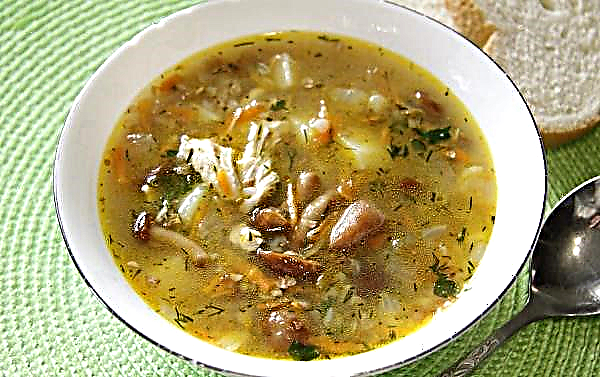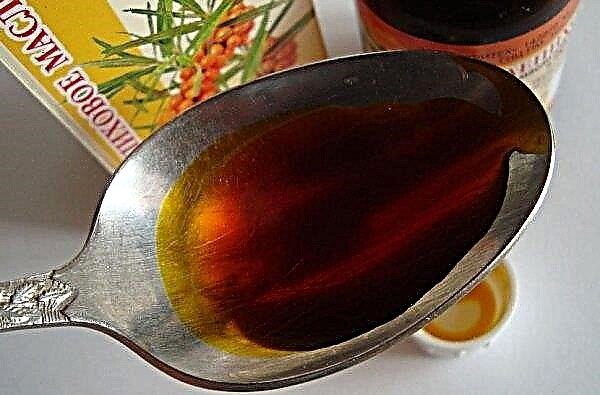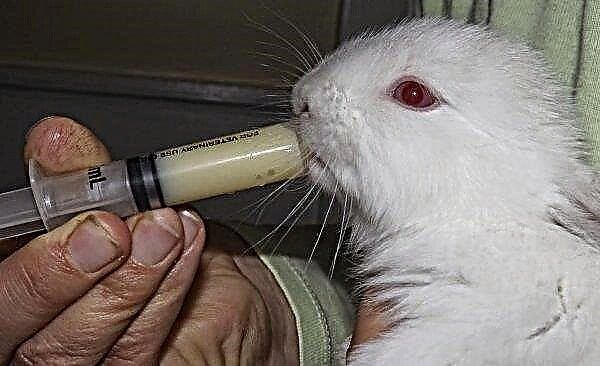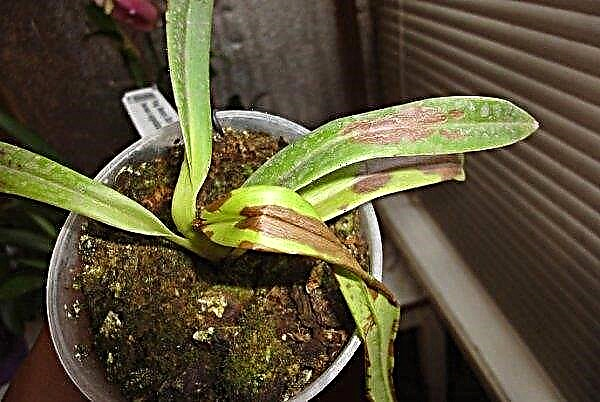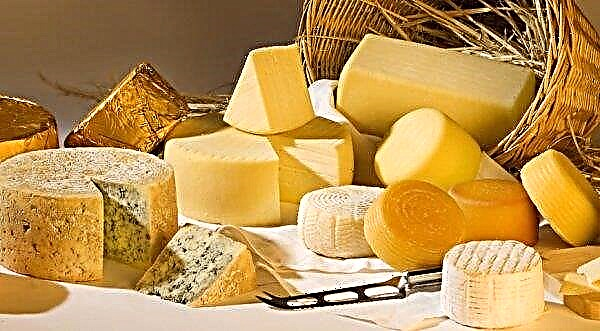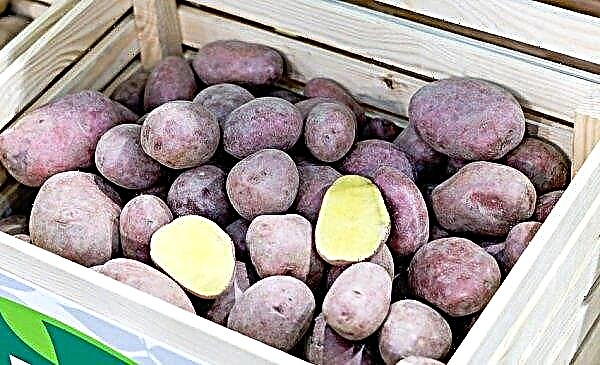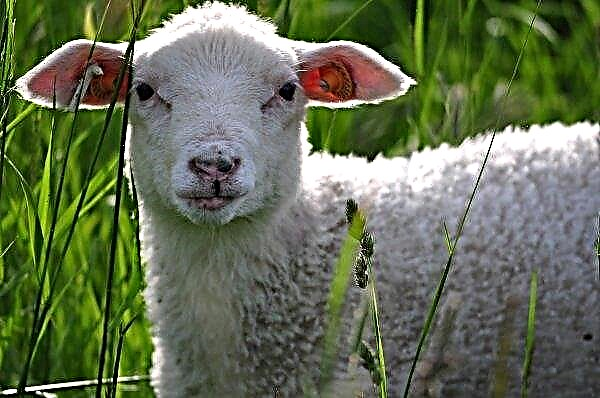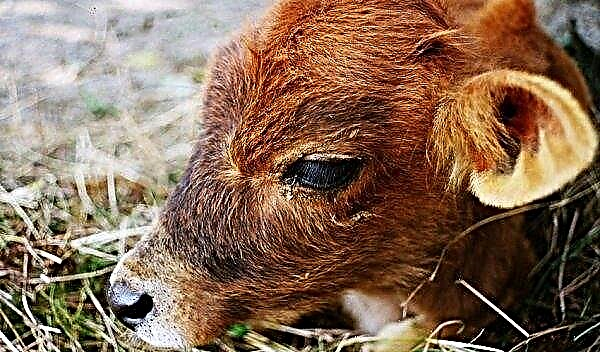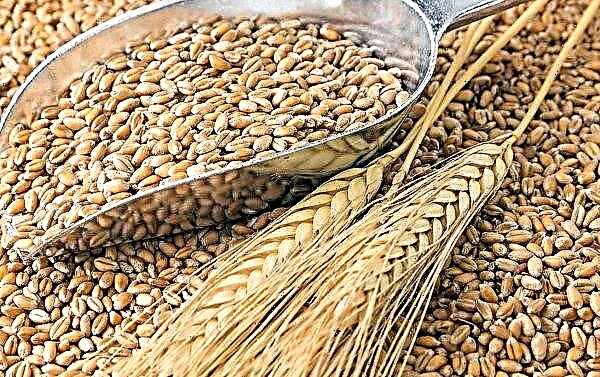Eggplant is a healthy and easy-to-cook culture. Breeders around the world are trying to develop varieties in which the bitterness inherent in the fruits is felt minimally. One of these varieties is Black Opal.
Description and characteristics of the variety
Variety Black Opal, bred by Russian breeders, is recommended for cultivation in southern Russia, in the middle lane of the country, in Moldova and Ukraine. The authorship belongs to the agricultural company “Search” (Moscow region); it was included in the register of selection achievements in 2010.
A bush of medium height, up to 70 cm, with thick sturdy stems and large light green foliage. As it grows, it grows very much and may require garter especially during fruiting. From planting to fruit ripening, 125-130 days pass.
Fruits in the shape of an elongated cylinder are covered with a dense, glossy peel of an ink color. The average length of the eggplant is 18 cm, weight is 150–210 g. Fruiting is long until late autumn, from 1 m² they collect up to 7 kg. Fruits tolerate long transportation.Did you know? The birthplace of eggplant is India. The statements in Sanskrit in ancient Indian books, as well as bushes of a wild plant that still exist in the country, speak in favor of the statement.
The pulp is dense, pale lime, bitterness in the taste is not expressed. The fruits are widely used in various dishes, including canned food for the winter. The culture is resistant to temperature extremes. It has immunity against viral mosaic of leaves and phytoplasmosis.

Growing
Eggplant is a thermophilic plant; planting in open ground is carried out at the end of spring, when the soil is warmed up to + 15 ° С. So that the seedlings are strong enough for transplanting, sowing is carried out in the first decade of March.
Preparing and caring for seedlings
Planting material must be calibrated by discarding seeds that are too small or damaged. Then they are etched in a slightly pink solution of potassium permanganate. After drying, they are placed for 12 hours in a solution that stimulates growth and accelerates germination. Experienced vegetable growers prefer to use natural products, for example, a solution of wood ash 5 g / 1 l of warm water.
The substrate for sowing in the ratio of 6: 3: 1:
- peat;
- compost;
- sand.
1/5 of the total volume of wood ash and 20 g of superphosphate are added to the finished mixture. A container suitable for sowing is a peat cup: culture does not like transplants. Sowing is carried out in moist soil to a depth of 1.5 cm.
The containers are placed in a warm place with a temperature of + 25 ... + 28 ° C until emergence. Periodically, the soil is moistened by spraying.
Further cultivation is carried out in such conditions:
- temperature - + 18 ... + 22 ° С;
- humidity - 65–70% (supported by spraying the space around the plants);
- lighting - 12 hours a day (use special lamps or daylight);
- watering - once every 5 days (monitor the drying of the soil);
- top dressing - 2 times a month with the Agricola mineral complex according to the instructions.
10-14 days before transplanting seedlings need to be hardened in the fresh air. Peat containers are placed on the balcony or left at the open window for an hour, gradually increasing the time of the “walk” to 24 hours.
Important! You cannot plant eggplants in the same place for two years in a row. Also bad predecessors are related solanaceous crops (potatoes, tomatoes, peppers).
Planting seedlings on beds
In the autumn, the area open to the sun, but protected from the wind, is prepared for a future landing:
- Cleaned from the remains of the collected crops.
- Dig a shovel on a bayonet.
- 5 kg / m² of rotted manure and 40 g of superphosphate are introduced into the soil.
- They level the earth with a rake.
In the spring, high beds in the form of ridges up to 30 cm are hewn.
Landing technology:
- Aisles should be up to 80 cm wide, between plants a distance of 40 cm.
- A well, adding 50 g of ash, is shed abundantly.
- When the moisture is absorbed, place the seedling together with the container so that the root neck is 2 cm below the ground.
- After falling asleep with soil, distributing on all sides, and watered again.

Grade Care
Black opal forms sprawling bushes, and its fruits are quite heavy, therefore, in addition to standard care in the form of watering and top dressing, plants will need additional procedures.
Watering
For irrigation, it is advisable to defend rainwater. Water temperature - not lower than + 18 ° С.
Two methods are suitable for watering a crop:
- drip;
- under the bush.
Immediately after transplanting to the garden bed, seedlings need to be watered every 3 days for two weeks so that the seedlings are well rooted. In the future, the frequency of watering depends on weather conditions and the amount of rain. In hot, dry weather, watered more often, about 2 times a week. Under the bush, pour up to 3 liters of water.Important! Watering from a watering can or other type of irrigation can be detrimental to the crop: delicate foliage, evaporating moisture, can get burns.
In rainy weather with sufficient moisture, watering is not carried out. The best way to find out when a plant needs moisture is to check the soil 10-15 cm from the surface. To protect plants from overheating in intense heat, after watering the soil of the trunk circle is covered with mulch - straw, sawdust.
Top dressing
On land depleted by planting, it is recommended to fertilize the culture every two weeks, balanced mineral complexes. On fertile and seasoned soil since autumn, it is not advisable to feed plants more than 4 times.

Feeding scheme:
- first - 2 weeks after transplantation, foliar, liquid. 45 g of azofoski are dissolved in 10 l of water, 1 l on a bush;
- second - during the formation of buds. A liquid mixture is prepared: ammonium nitrate, potassium chloride, superphosphate 10:20:30 g / 10 l of water, 0.5 l each under a bush;
- during the flowering period, to stimulate the ovaries, the plants are additionally sprayed with a 1% solution of boric acid;
- third time fertilize at the beginning of the fruiting period. Liquid fertilizer, the so-called "green", is also used. It is prepared from mowed herbs (nettle, siderata, comfrey, weeds). Fermented infusion diluted 1:10, pouring 1 liter under the bush;
- last feeding held before harvest. Plantings are shed with a solution of wood ash 400 g / 10 l. The potassium and phosphorus present in the solution stimulate the formation of new ovaries, increasing the fruiting period, and protect the crop from insects and diseases.
Soil care
After watering, shallow loosening is carried out 12-15 cm from the surface. Landings necessarily weed away from weeds. The soil can be protected from overheating on hot days by mulch made of straw or other material. Since Black Opal is a branching bush, it needs a formative stepson. Usually remove lateral shoots, strongly set in growth.
If the bush is very tight, its center can be thinned out to avoid excess moisture and the risk of fungal diseases. For better fruiting during the formation of the ovaries, several of them pinch, which stimulates the fruits to grow.
Diseases and pests
Variety Black Opal has excellent immunity, however, due to frequent rains, late blight is possible. Phytophthora is a fungal nature of the disease, the ideal environment for its development is dampness. Fungi first affect the foliage, gradually spreading throughout the plant up to the fruit. The bush just rots.
As a preventive measure, a thorough cleaning of the site is carried out, crop rotation and processing of seed material are observed. Phytophthora can be treated with the help of copper-containing preparations: Bordeaux liquid, "Abika-Peak", "Hom".Did you know? Eggplant was not immediately recognized as edible: the ancient Greeks believed that eating vegetables leads to madness. Medieval beauties shied away from the fruits, sincerely believing that after eating their face would be covered with freckles.
The biological agents Bactofit and Fitosporin-M are effective against fungi. The drugs are used by spraying, diluting with water according to the instructions. If necessary, re-treatment is carried out.
The main pests of eggplant and methods of dealing with them:
- Aphid - apply spraying with a solution of the drug "Aktara" 8 g / 10 l, the mixture is enough for 10 m², sprayed in calm weather. From folk methods, garlic infusion, tansy infusion, wormwood and wood ash are used.
- Colorado beetle - with a small number of insects, they are removed manually, the treatment is carried out with the Tanrek preparation, dilute 1 ml / 1 liter of water and bring the volume to 10 liters.
- Slimmer removed from the site manually, with a large accumulation of gastropods, the area is sprinkled with metaldehyde, 3 g of agent are consumed per m². To prevent their appearance, after weeding and loosening, the site can be mulched with needles with needles. Spiky material will impede the movement of the mollusk, fragments of nutshells are also scattered in the aisles.
Harvesting and Harvesting
The variety is characterized by long-term fruiting, the fruits are harvested until late autumn. It is recommended that technically mature vegetables be cut off with secateurs every 5 days. Fruits are taken for storage without damage, with a whole sepal, medium sizes up to 15 cm. They are stored in the cellar for no longer than a month.
There are many ways to cook vegetables:
- fry;
- stew;
- cook stew with other vegetables;
- bake;
- cook warm salads.

For the winter, vegetables can be frozen, canned as an independent dish and together with other vegetables.
Variety Black Opal deserves the attention of vegetable growers with excellent technical and external characteristics, taste. Following proper care, it is not difficult to grow a crop, and the yield indicator is more than high.


